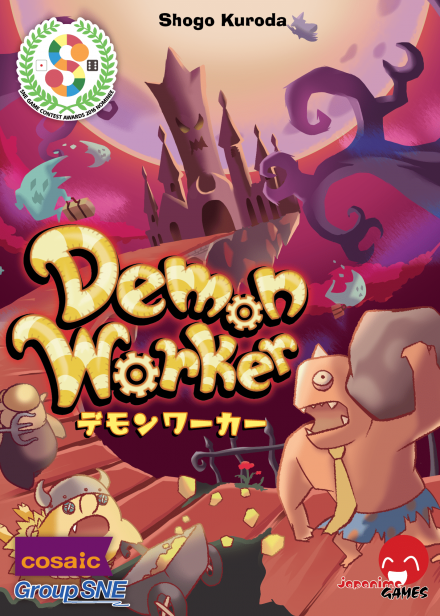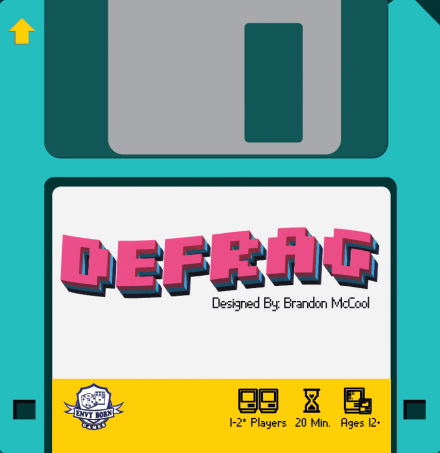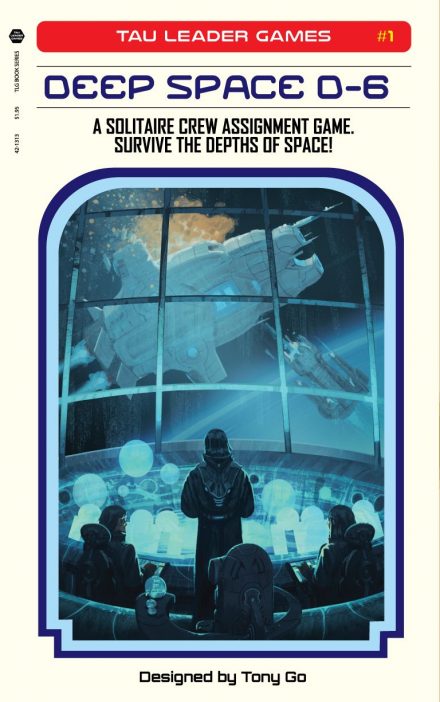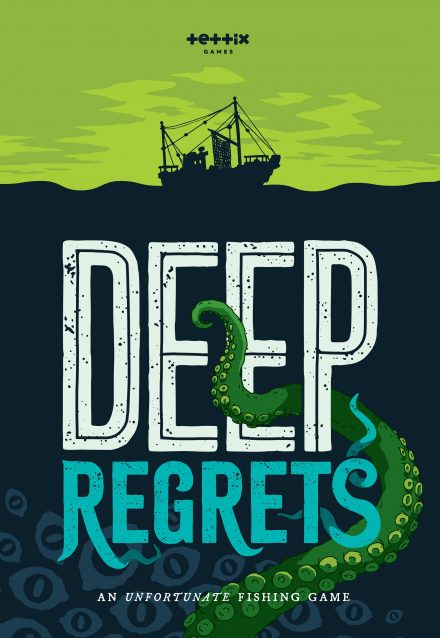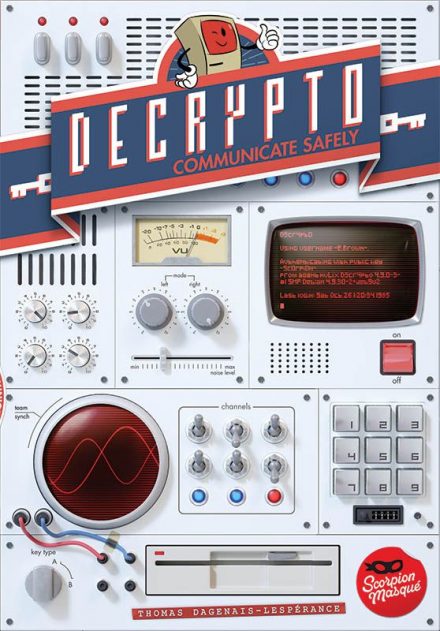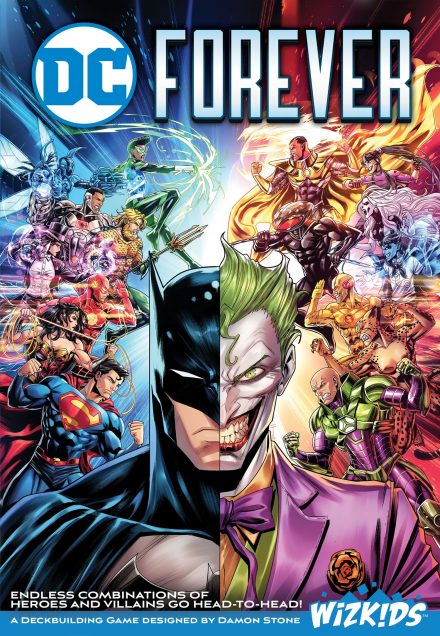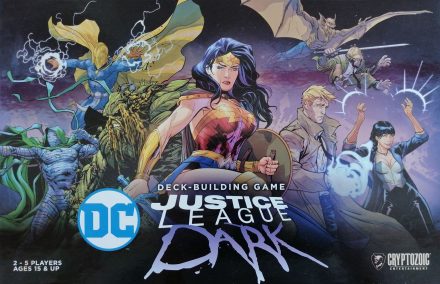Who will become the next demon king? In Demon Worker, you send demons with special abilities to the human world, weapons factory, and other locations to collect resources efficiently, with both humans and weapons being examples of those resources.
With these resources, you can summon new demons and create impulse points — and whoever ends up with the most impulse points will claim the demon throne.
Game Mechanics:
- Worker Placement
Game Specifications:
- 3 – 4 Players
- ~45 Minutes
- Difficulty Weight 2.39

